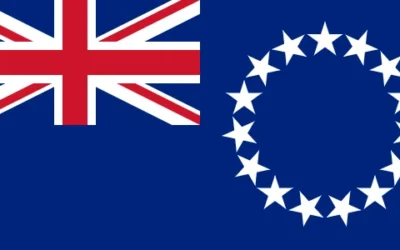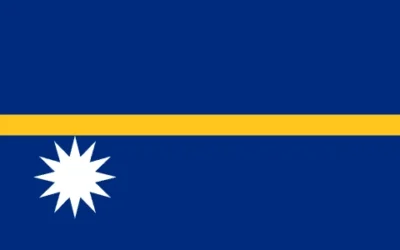Samoa Travel Guide
Discover Why You Should Visit Samoa
Why Visit Samoa?
Samoa is a tranquil island paradise rich in natural beauty and ancient traditions. It boasts lush rainforests, cascading waterfalls, volcanic peaks, and pristine beaches. As the heart of Polynesian culture, Samoa offers a peaceful yet deeply cultural experience.
Ideal for: Nature lovers, cultural travelers, families, and adventurers.
Must-Know Facts
Capital/Major City: Apia
Language(s): Samoan and English
Currency: Samoan Tala (WST)
Best Time to Visit: May to October (dry season)
Fun Fact: Samoa was one of the first places on earth to see the new day after moving to the west of the International Date Line in 2011
Top Things to Do
Swim in the crystal-clear waters of To Sua Ocean Trench
Explore Papaseea Sliding Rocks and rainforest waterfalls
Attend a traditional fiafia night with music and fire dancing
Visit the Robert Louis Stevenson Museum in Apia
Relax on the white-sand beaches of Lalomanu and Manase
Local Culture & Lifestyle
Samoan society revolves around fa’a Samoa (the Samoan way), emphasizing respect, community, and family. Villages are governed by chiefs, and hospitality is a core value. Visitors are welcomed warmly and encouraged to learn about customs and ceremonies.
Food & Drink Highlights
Street Food: Pani popo (sweet coconut buns), fish and chips, BBQ meats
Restaurants: Oka (raw fish in coconut cream), taro with palusami, breadfruit dishes
Drinks: Coconut water, local beers, tropical fruit smoothies
Desserts: Pudding made with coconut, tropical fruits, banana cakes
Main Dish & Culinary Symbols
Signature Dish: Palusami — taro leaves cooked with coconut cream, sometimes filled with corned beef or seafood
Common Ingredients: Coconut, taro, bananas, seafood, breadfruit
Culinary Culture: Food is often cooked in an earth oven (umu) for communal feasts
Symbols & Icons of the Area
Natural Icons: Ocean trench, volcanic craters, waterfalls
Cultural Icons: Traditional fale houses, tatau (tattoo), kava bowls
Hidden Gems & Off-the-Beaten-Path
Savai’i Island — less populated and full of rugged natural sites like lava fields and blowholes
Falealupo Canopy Walkway — elevated forest walkway with panoramic views
Afu Aau Waterfall — stunning falls and swimming hole in Savai’i
Saleaula Lava Fields — preserved ruins of a village buried in lava flows
Shopping & Souvenirs
What to Buy: Handwoven mats, siapo cloth (tapa), coconut oil products, handmade jewelry
Where to Shop: Flea Market in Apia, local village markets, artisan shops
Getting Around
Public Transport: Local buses are colorful and inexpensive
Car Rentals: Recommended for exploring independently
Ferries: Connect Upolu and Savai’i islands
Taxis are available but should be negotiated in advance
Travel Tips
Dress modestly, especially in villages and near churches
Sundays are reserved for rest and church, with limited activities
Ask permission before taking photos in villages
Embrace local customs — a respectful approach opens many doors
Where to Stay
Budget: Beach fales (traditional huts) along the coast
Mid-range: Boutique hotels and guesthouses in Apia
Luxury: Oceanfront resorts and eco-lodges
Unique: Family-run beach stays with cultural activities
Sample 4-Day Itinerary
Day 1: Arrive in Apia, explore the markets, and visit the museum
Day 2: Travel to Lalomanu Beach, relax and swim, stay in a beach fale
Day 3: Take a day trip to To Sua Ocean Trench and explore waterfalls
Day 4: Ferry to Savai’i for lava fields and canopy walks, return to Apia






0 Comments